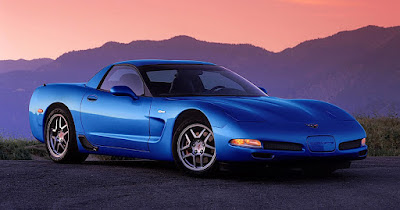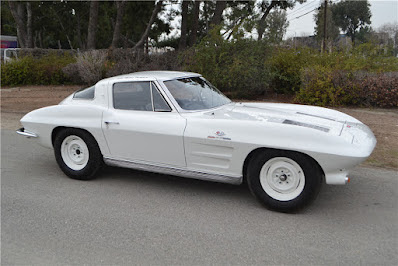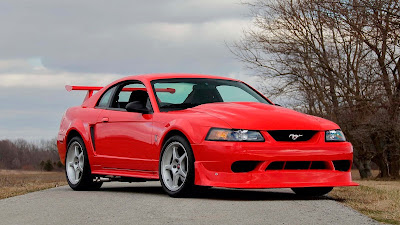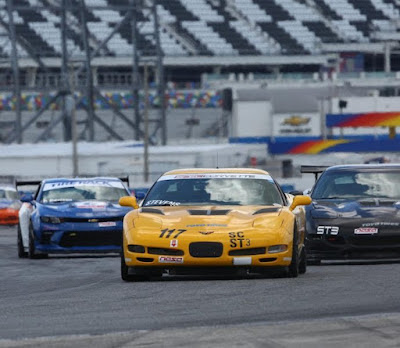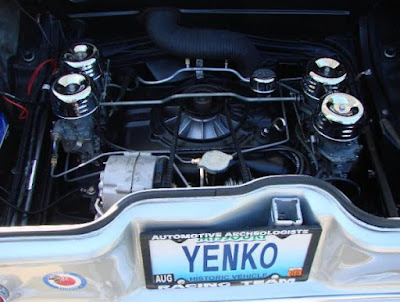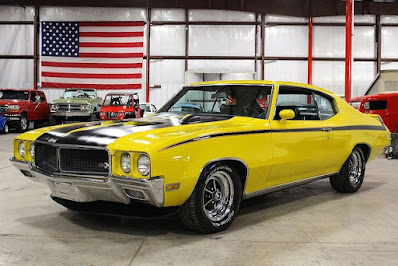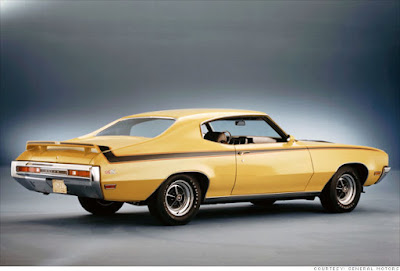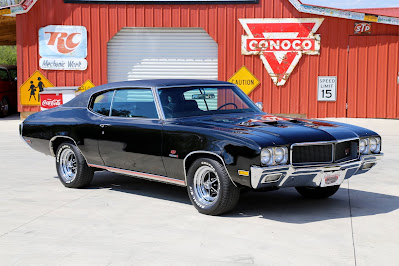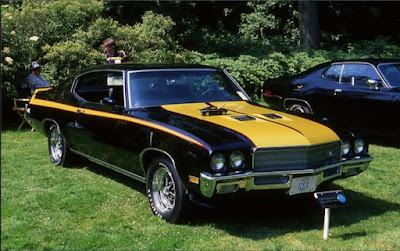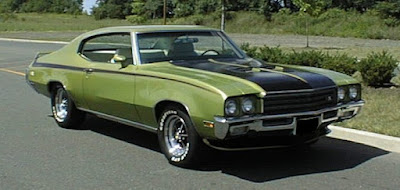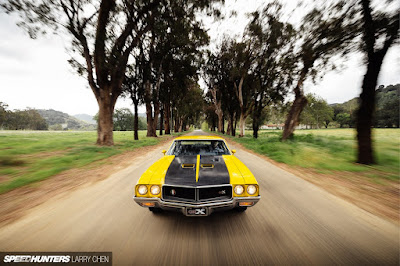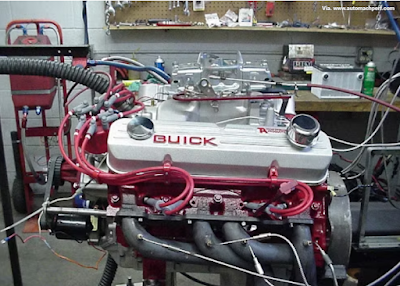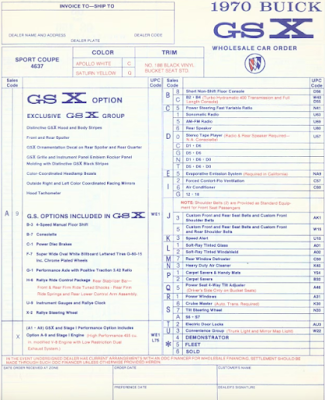Unless you've been living under a rock, you know about the extremely potent 2023 Corvette Z06 that is on its way to the market sometime in late 2022. If you want to read about that, just look up any automotive website on the web and you can find out everything you know or you can go to this ride-along video/article with top engineers on the project, written by me for Muscle Cars & Trucks (C8 Corvette Z06 Engineers Share Untold Details On New Supercar: Video.
1963 Corvette Z06
Since we all should know everything about the new Corvette Z06, I decided that we should take a look back at the birth of the first modern Corvette Z06. But first, let's take a short look at the birth of the very first Z06.
The first Z06 became available in 1963 and there were only 199 produced and sold. These Corvette Z06's sole purpose was to be sold for road course racing. They came with a 327 cu.in. (5.4-liter) engine, four-speed transmission, a beefed-up suspension, a massive brake system upgrade that included dual master cylinders, and an optional 36.5 US gal (138 l; 30 imp gal) tank.
The thing about these C2 Corvette Z06s was you didn't just go to the dealership and buy one, you had to know someone who knew what boxes to check in the order form if you wanted one of these race-ready (RPO Z06) Corvettes, and just like the 2001 Corvette Z06, you didn't get many luxuries with the car, it was truly for going fast.
2021 Corvette Z06
This Corvette was built to surprise and dominate the market. The Z06 was designed for the track and pushed the boundaries of what was really possible from a production car that could drive to the track, make better times than its competition, and drive back home with the air conditioning kicking and the radio blasting.
Basic Spec:
- 5.7-liter LS6 V8
- 6-speed manual
- 385 horsepower and 385 lb-ft of torque
- New FE4 Suspension (four-wheel independent suspension)
- Bose speaker system
- Leather bucket seats
- 17" front and 18” rear rims wrapped in Goodyear Eagle F1 SC tires
- Hardtop only
- Brake coolers
- Curb weight: 3,118 lbs.
- Gas Mileage: 17 city / 26 highway
Engine And Transmission
The LS6 is essentially a more powerful version of Corvette's LS1 V8. The LS6 engine upgrades start with a redesigned intake manifold with better-flowing internal passageways. Reengineered cylinder heads create more flow through the intake and exhaust valves, and the combustion chambers were redesigned to reduce valve shrouding.
All these upgrades led to a higher compression ratio which then led to a redesigned thin-walled cast-iron exhaust manifold system to provide a smoother exit for the combustion escape.
Of course, all this extra flow wouldn’t be worth much without a redesigned camshaft. So a beefier cam was installed by Corvette engineers with more valve overlap and greater valve lift. Chrome-vanadium-steel valve springs and stronger pistons cast from a more durable alloy were implicated in the engine’s design for toughness. And finally, the LS6 was engineered with windows cast into the internal crankcase walls to help air retreat from the underside of the burning hot pistons.
This new engine setup gave the New Corvette Z06 385 horsepower at 6,000 RPMs and 385 lb-ft of torque at 4,800 RPMs, and a redline RPM of 6,500. In between all the power and the rear wheels was a beefed-up clutch (with lighter pedal effort), a larger-diameter driveshaft, and a revised six-speed manual transaxle. This new M12 gearbox was introduced with shooter 1st, 2nd, and 3rd gears to better utilize the new higher-revving LS6. All gears were 10-16 percent shorter except for the 4th gear which remained the same.
2001 Corvette Z06 Suspension
More power always means more changes all around. To accommodate the power of the LS6, Corvette went with a new FE4 suspension that included revised shock calibrations, a stiffer rear transverse leaf spring setup, and stiffer anti-roll bars for the front and rear.
To add ground support, each corner of the Vette receives 1-inch wider tires, bringing them up to 9.5-inch wide in the front and 10.5-inch wide in the back. New custom light-weight 10-spoke wheels were wrapped in Goodyear F1 Eagle tires: 265/40ZR-17s in the front and 295/35ZR-18s rears. The F1 Eagle SC tires were designed with more flexible sidewalls achieved by doing away with the famous run-flat tire design. This permitted a half-degree more negative camber to keep the tread flatter during hard cornering for track use.
To prove the Corvette was built for business, engineers found places around the car where they could shave pounds off the curb weight. Helping save weight was the deletion of the run-flat tire design, mufflers were made from Titanium, and the windshield and rear glass were all lightened to help bring the Corvette’s curb weight down to 3,118 pounds, that's 38 pounds lighter than its original form. A lot of weight was saved in the Titanium mufflers alone, but the weight of the new suspension offset the weight-saving by a lot.
Step Aside Cobra R
The Cobra R was making some big waves at the track. Performance numbers were pretty impressive, and the Corvette Z06 was Chevrolet's answer to those performance numbers.
The Cobra R and the Z06 were pretty close in performance numbers at the time (numbers for Z06 below). The Cobra R turned numbers out of its 5.4-liter that looked a little like this: 385 horsepower and 385 lb.-ft. of torque (the same as the Z06), 0-60 mph in 4.7 seconds, a quarter-mile time of 13.2 (Ford tested) and 12.9 (Motor Trend tested) with a top speed of 170 mph, and stops from 60-0 in 127 feet.
Although the numbers were somewhat close, the Corvette beat out the Cobra R in other places. The Cobra R lacked air conditioning, an audio system, rear seats, sound dampening, and cruise control. The Corvette also lacked a back seat, but that's because it was never meant to have one, it wasn't a compromise. Also, because of the limited number of Cobra Rs that were built, the sticker price showed $55,5ish, but you couldn't buy one for under $75,000. The Corvette Z06 stuck pretty close to its price tag of just under $50,000 without a lot of limited edition inflation.
Let's Go Over Some 2001 Corvette Z06 Numbers
The 2001 Corvette Z06's proof of superiority is in the numbers. A 0-60-mph time is recorded at 4.3 seconds, and a 70-mph to 0 stop takes only 152 feet. In a quarter-mile sprint, the Corvette can cover it in 12.7 seconds at 113 mph. Hitting a 150 mph will only take you 28 seconds total, while a top speed of 170 mph is easily manageable. Although the top speed does suffer a little bit as the C5 Vettes will hit 175 mph, that's because of the Z06 closer transmission clutch gear ratios.
Hitting corners is another place where the Corvette Z06 shows no mercy to its competitors. Pulling .98 Gs in and out of corners is just what this sports car does, and that actually beats out all other sports cars out of there including the Viper GTS and the Ferrari 360 Modena, which are above the Corvette Z06s price bracket by a lot.
Z06 Performance Built
Making sure everything was performance-built was what this Corvette was all about, even both the dual mesh grilles in the front and the rear brake coolers in front of the rear wheel wells are completely functional.
The 2001 Corvette Z06 is just like the new Z06s, although classified as a sports car, they perform like a supercar compared to its competition.
